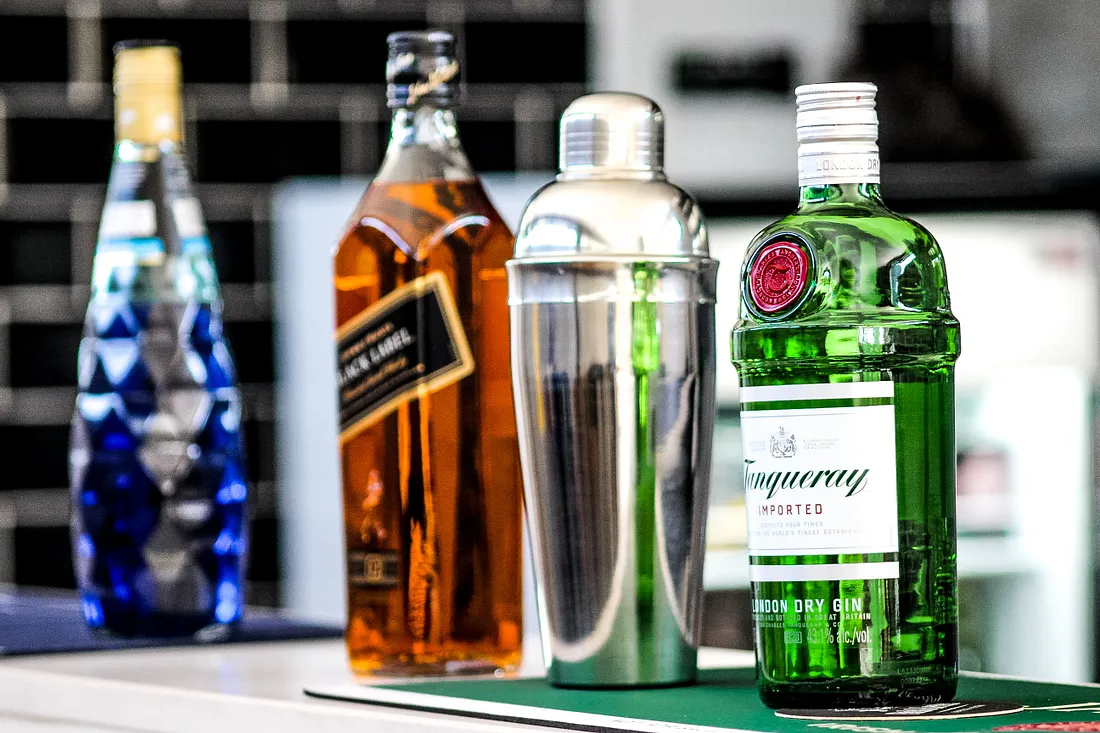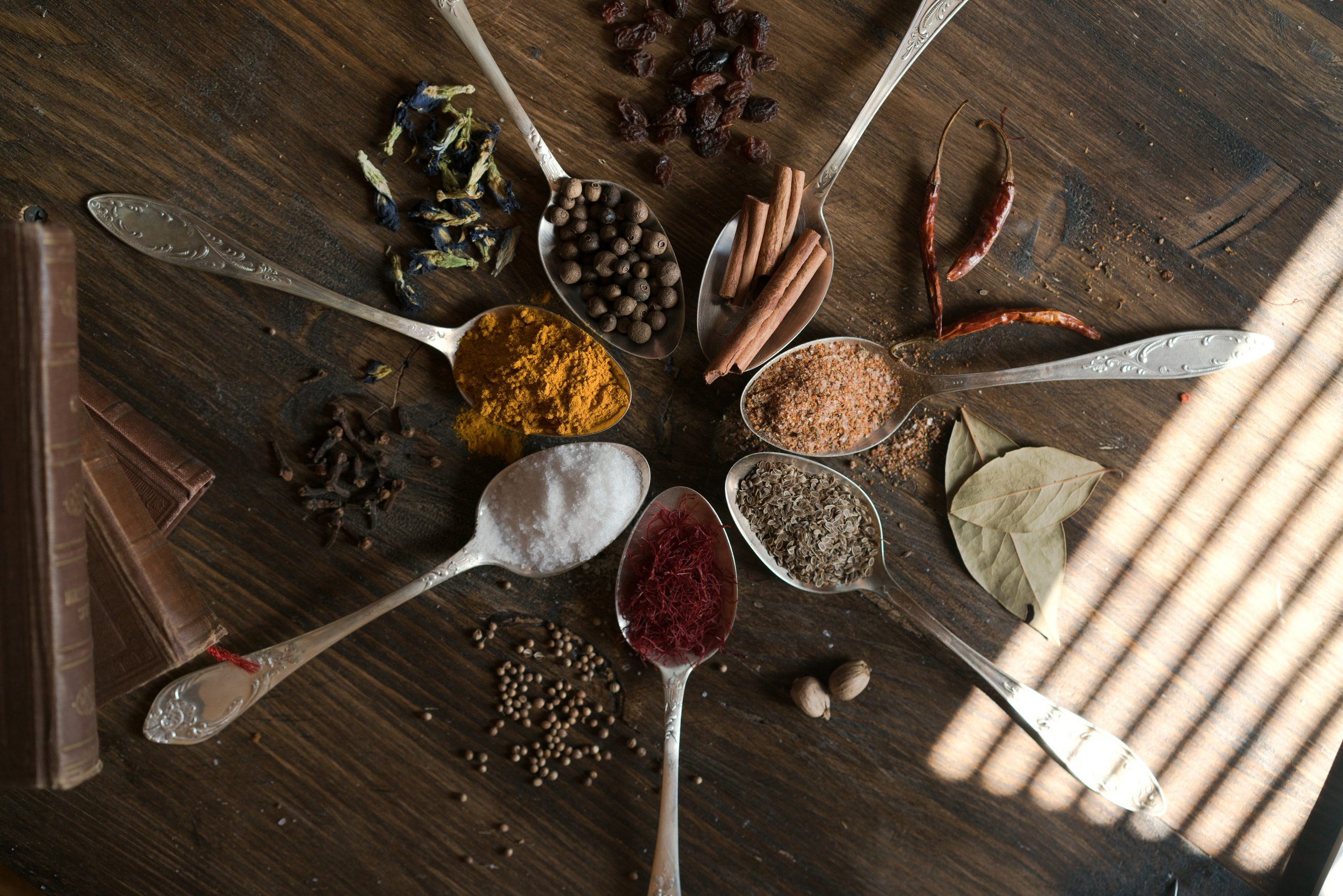
Straight up: Spirit sales rise over beer
Americans love beer. In 2021, 187 million barrels of beer were consumed, making it a $100 billion market. So it might be shocking to learn that for the first time, distilled spirits surpassed beer in sales in 2022–with spirit sales at 42.1 percent of the alcoholic beverage market share and beer at 41.9 percent.
While this news marks a new turn in the beverage industry, it may not be surprising to those who’ve followed consumer trends in the last decade. Distilled spirits have steadily grown in popularity, gaining market share for 13 years until becoming America’s beverage of choice in 2022.
Not only is this great for the country’s liquor companies and retailers, but it’s also welcomed news for the hospitality industry. On-premise spirit sales are still 5 percent below where they were pre-pandemic. However sales are trending upward–a good, albeit slow, sign of recovery for the hospitality industry.
How spirits surpassed beer
Americans spending more on drinks while they dine out isn’t the only trend driving sales. The market also got a boost from the current cocktail wave sweeping the nation, such as the espresso martini revival.
High-end spirits also helped grow the market. Premium sales accounted for more than 60 percent of the sector’s revenue last year, according to the Distilled Spirits Council of the US Chief of Public Policy and Strategy Christine LoCascio.
“While many consumers are feeling the pinch from inflation and reduced disposable income,” LoCascio said. “They are still willing to purchase that special bottle of spirits choosing to sip a little luxury and drink better, not more.” Globally, the premium spirits market was valued at $157.94 billion in 2022. By 2029, it’s projected to grow by 10.4 percent to $315.70 billion largely thanks to North American sales.
American consumers have also grown a taste for agave-based spirits in recent years. Last summer, I asked if agave was the next great spirit, and the answer was a resounding “yes.” While customers purchased $7 billion worth of vodka last year, sales didn’t increase compared to 2021. Sales of tequila and mezcal, however, reached $6 billion–a 17 percent increase. Whiskey sales also drove the market share, as they experienced a 10 percent increase to $5 billion.
Inflation and soaring costs might have also helped spirits soar last year. Prices could have contributed to Americans spending more on liquor, as some in the beer industry suggest, but spirits have become less expensive through the years compared to beer.
Is this the end of beer?
Looking at the current market share, it’s clear Americans still love beer. However, beer hasn’t gained new traction, as sales have remained consistently flat for decades. Spirits, on the other hand, have been on the rise. Some companies are taking note and selling both beer and liquor products, such as Anheuser-Busch’s widely popular canned cocktail line Cutwater.
While brew isn’t going anywhere any time soon, I wouldn’t take my attention off the steadily growing popularity of spirits in the United States (and around the world).



